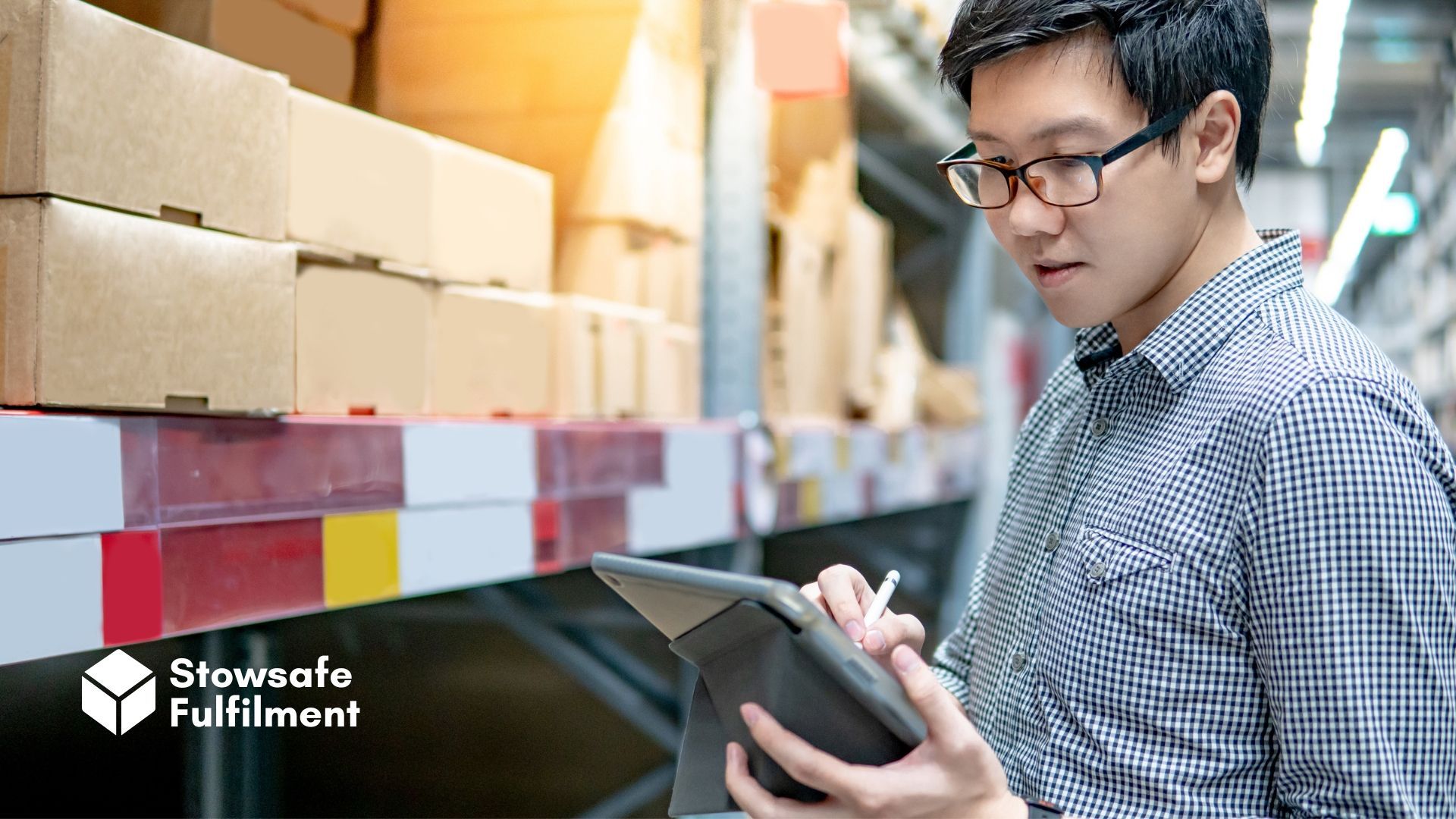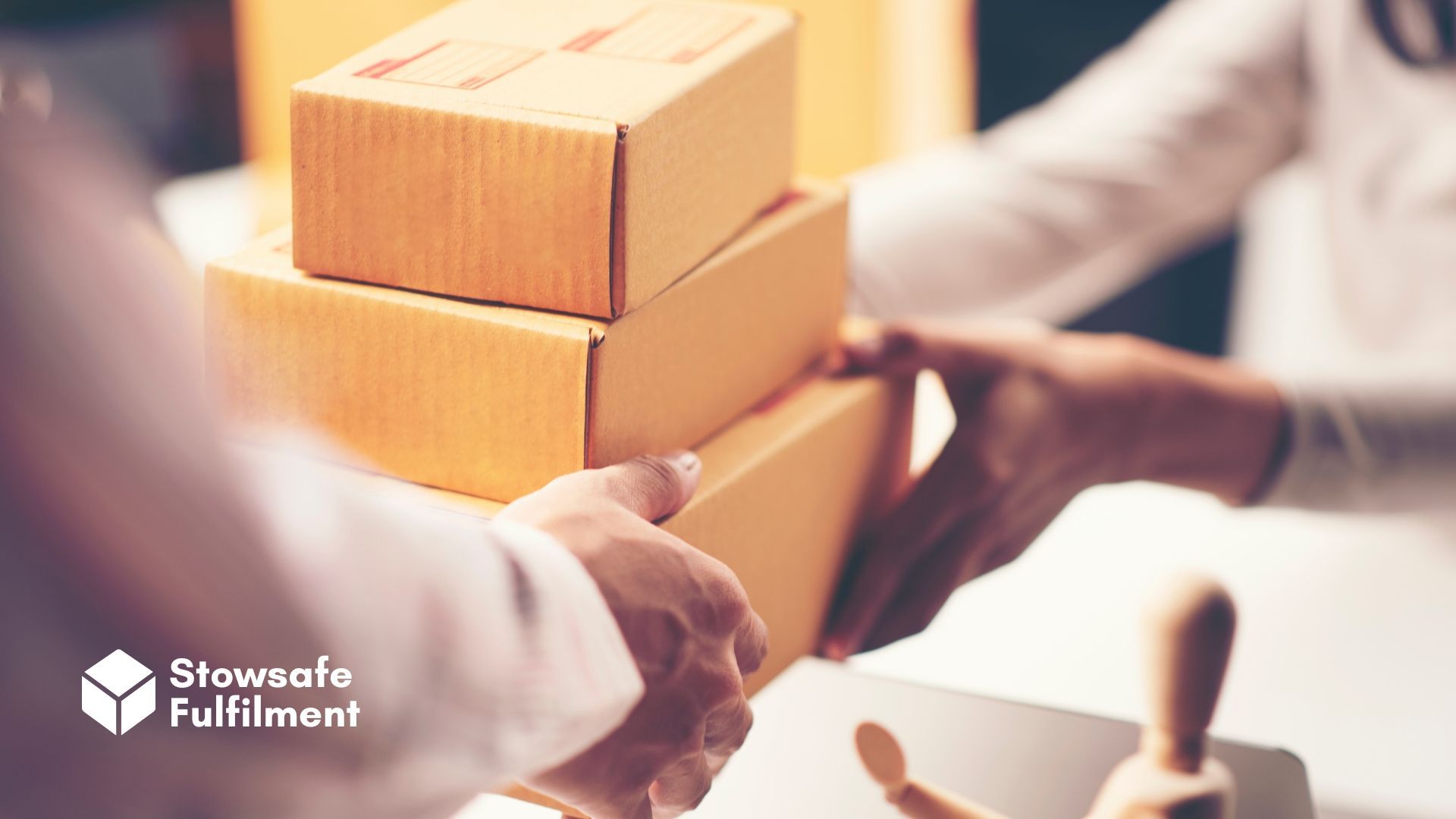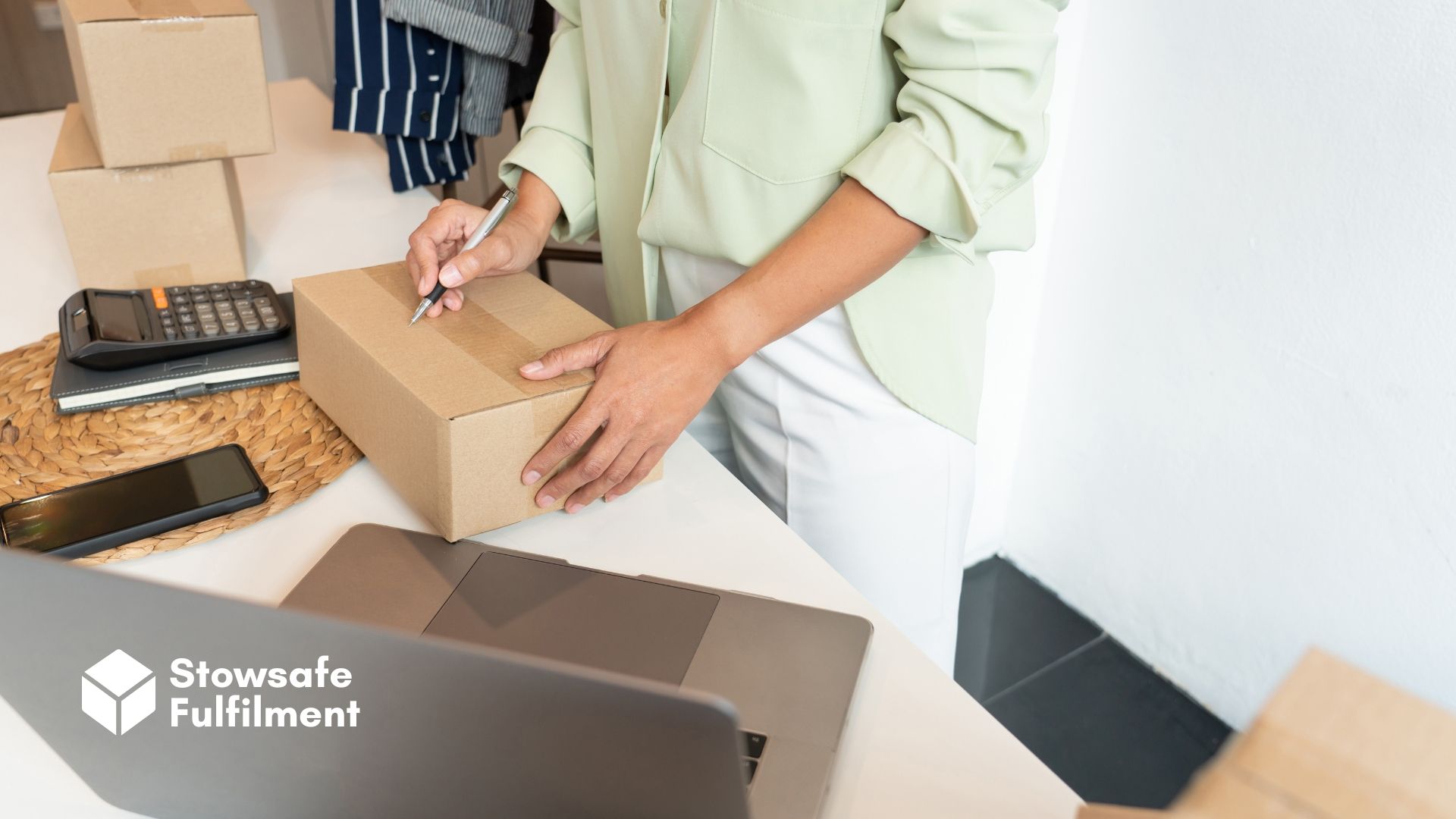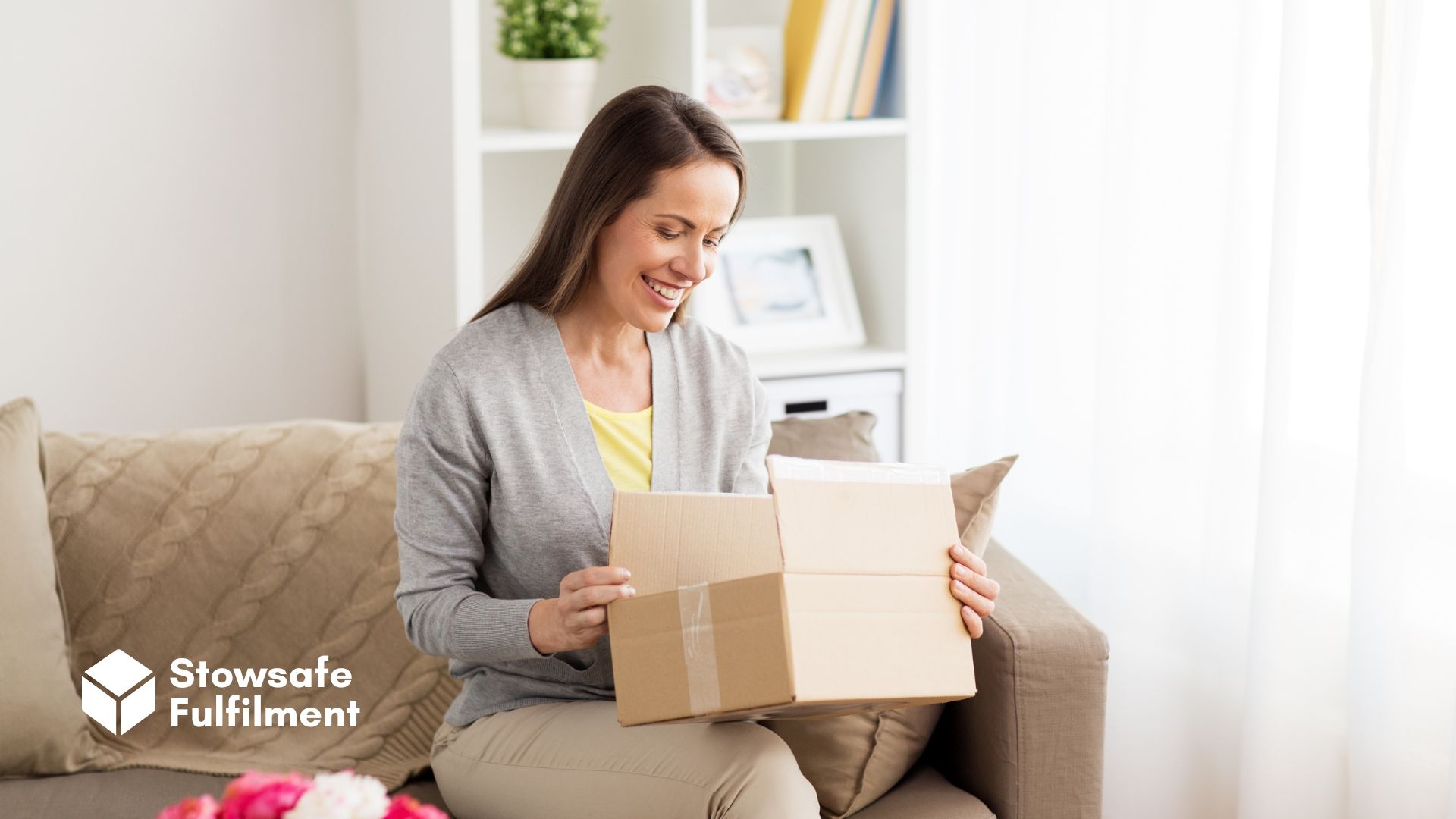Want to cut eCommerce shipping costs and pass the savings on to customers? Learn how in our guide.
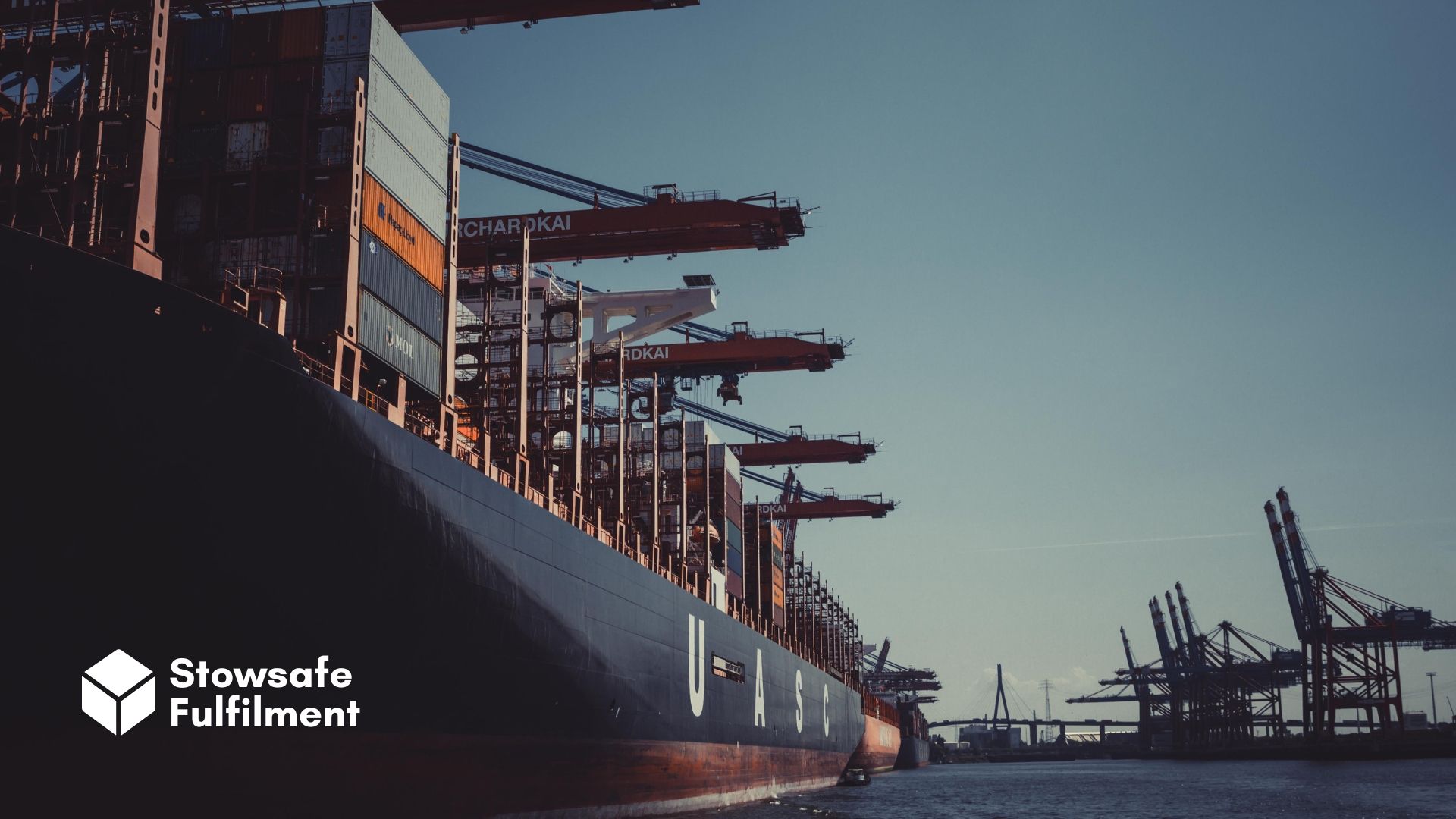
Customers. You've gotta love 'em.
But sometimes, customer expectations are just too lofty to love. When customers expect light-speed delivery
and
low delivery costs, how can a small business keep up?
After all, every cost matters. If you start discounting deliveries willy-nilly, you risk chopping at your bottom line like a bad barber with blunt scissors.
To compete and meet customer demands, SMEs must look for creative ways to cut their own overheads or add value for consumers.
Of course, there's no one-size-fits-all recipe for cutting shipping costs. But if you start with these solutions, you'll have a solid foundation to build on.
1. Be ready to switch couriers
You shop around for WiFi and car insurance, so why not shop around for shipping partners too?
We're not trying to teach a shop owner to suck eggs here. But let's be honest – it's easy to let these things slip when you have 500 slippery things to juggle.
So, if you think your carrier might be taking you for a ride, take an hour out of your day to do a bit of research. You might be pleasantly surprised.

Here are some things to keep in mind:
- Price isn't everything. A carrier with a habit of losing parcels or taking their time might cost you more in the long run.
- Annual price increases can catch you out. That carrier might have been cheap three years ago – but is the same true today?
- Rates may vary depending on your and your customers' locations. Be sure to do a thorough cost analysis before making the switch.
2. Keep an eye on overheads
When competitors are cutting shipping costs left, right and centre, it's tempting to make like a lemming and leap like they do.
But when you add up everything you spend on shipping, can you
afford
to start slashing fees?
Think about things like packaging and labour, as well as domestic and international handling costs. Can you make any savings here?
To save on packaging materials, you could try looking for discounted supplies on sites like eBay. And as for labour costs – well, outsourcing some or all of your fulfilment function is always an option.
3. Offer free shipping incentives
Free shipping is powerful bait for savvy shoppers.
So, why not offer delivery for free if customers spend over a certain threshold?
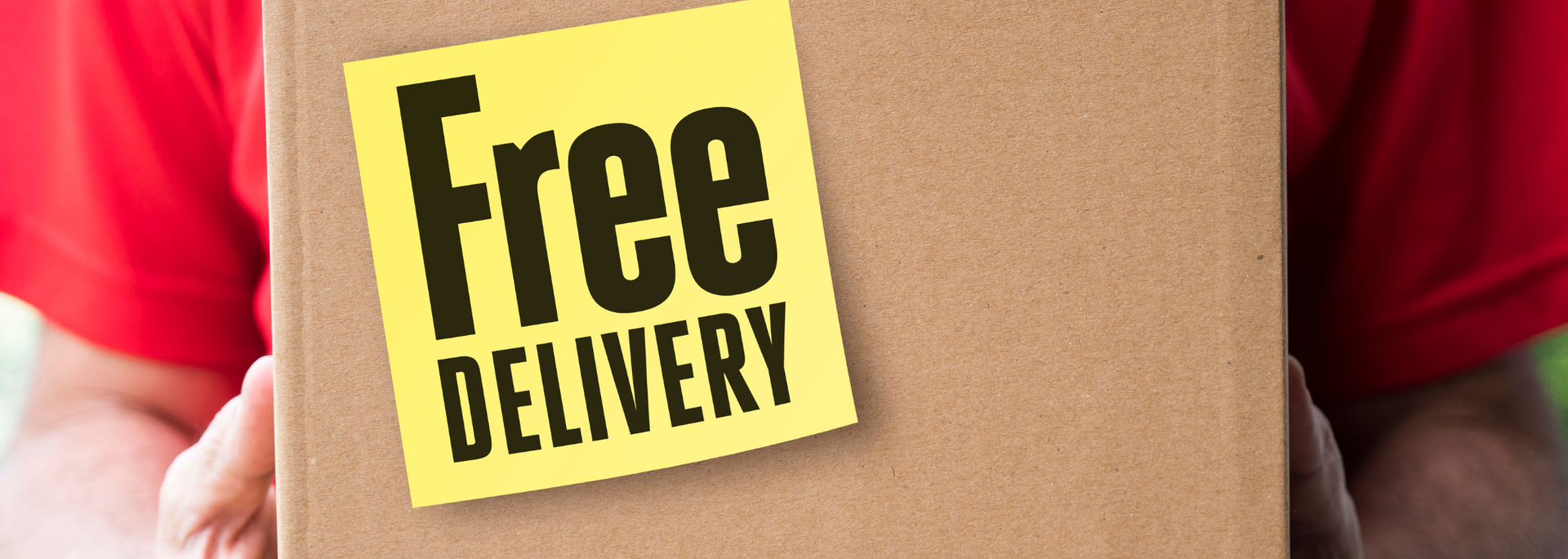
The shopper spends more but feels like they've bagged a bargain. And though you've had to absorb the shipping cost, the higher per-customer spend more than makes up for it.
Everybody wins.
4. Consider flat-rate shipping
Like free shipping, this one's more about perceived value than actually reducing costs for
customers.
But hear us out. While variable-rate shipping might
feel
fairer to you, it can actually be a turn-off for consumers. If they only see the shipping cost when they're about to pay, it can feel more like a hidden charge than an honest, calculated rate.
Instead, try to simplify your fees into predictable tiers based on item weight and customer location. This way, you can list your charges upfront and leave customers feeling more informed.
Not only will your cart abandonment rate fall, but you'll also benefit from more easily predictable carrier costs. Aligning your shipping fees with carriers' standard rates means there's less chance of accidentally absorbing costs that you'd rather keep unabsorbed.
5. Choose the right packaging for the right product
As you'll know, carriers charge both by weight and by dimensions.
This is why it's really important to know your SKU weights – and to make sure you're using the right-sized packaging for the right item.
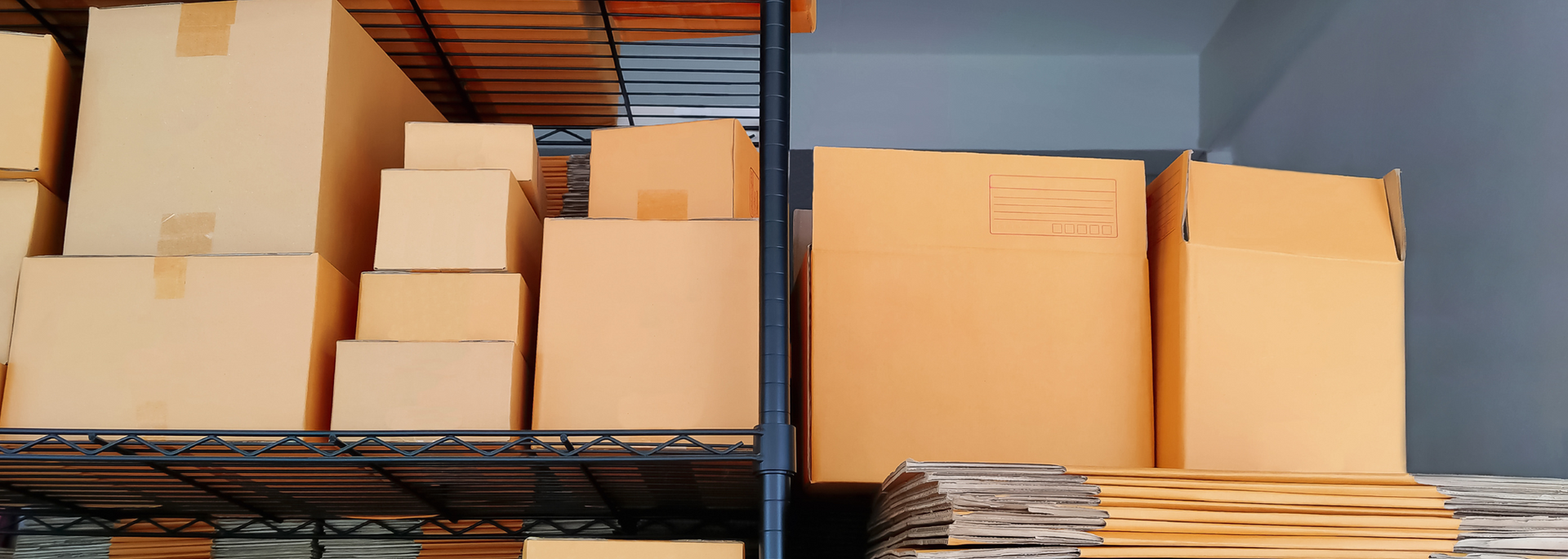
If you have an inaccurate weight on file for a product, you could face higher-than-expected charges every time it ships.
And packing a small item in a large box is asking to pay through the nose. So, make sure you have suitably sized shipping boxes for a wide range of items.
6. Weigh up your insurance options
Sad truth: items go missing in the post.
It's not nice – but neither are sour grapes. Like it or not, you'll find a few in every bunch.
That's why shipping insurance is essential – especially for high-value products. It means you won't face lost earnings if items are lost or damaged in the post.
Most carriers provide some form of insurance. However, it might not be the cheapest option – or it may not offer the level of coverage you need.
So, consider using third-party insurance instead. Though the premiums may be higher, it could end up paying for itself if you make regular claims.
7. Partner with a 3PL
It might seem counterintuitive at first. If you're paying a third party to handle order fulfilment, isn't that going to
increase
shipping costs?
Not necessarily.
For one, outsourcing is all about ROI. While third-party logistics (3PL) firms charge for storage, staffing and shipping, the trade-off is that you'll win back hours upon hours of time.

This time can be reinvested into cost-saving and profit-generating measures like marketing, product development and business strategy – and these savings can be passed onto consumers as lower shipping costs.
What's more, you may end up paying less for shipping overall.
It is – as they say – not what you know but who you know. Through sheer economy of scale and by harnessing established relationships with couriers, 3PLs can negotiate lower last-mile delivery costs – including for customers in far-flung or hard-to-reach areas.
Last but not least, 3PLs have technology on their side. Here at Stowsafe Fulfilment, for instance, we use an intelligent courier selection system that can automatically choose the best-value shipping partner on an order-by-order basis.
It's a double discount. Not only do you enjoy lower rates thanks to our established relationships but we also help you unlock savings that just wouldn't be possible otherwise. Nice.
Stowsafe Fulfilment is a trusted UK 3PL based in southwest England. With our 100% bespoke
product fulfilment service and robust eCommerce platform integrations, we can help you exceed customer expectations and make more time to grow.
Get in touch to book a free, no-obligation consultation.
All Rights Reserved | Stowsafe Fulfilment


